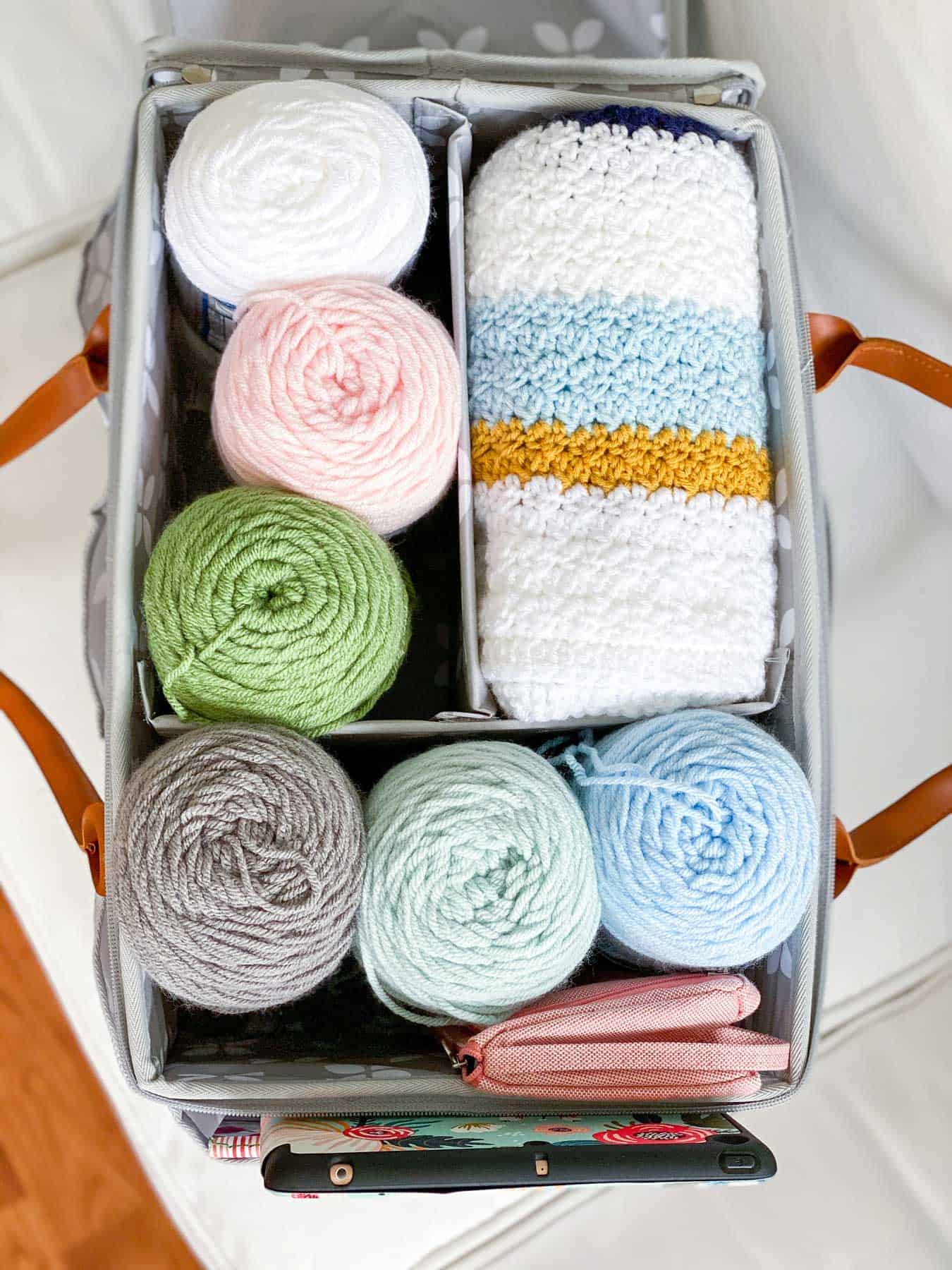

Articles
How To Store Crochet Projects
Modified: May 6, 2024
Learn the best techniques for storing crochet projects in this informative collection of articles. Keep your projects safe and organized with these helpful tips and tricks.
(Many of the links in this article redirect to a specific reviewed product. Your purchase of these products through affiliate links helps to generate commission for Storables.com, at no extra cost. Learn more)
Introduction
Crocheting is a wonderful hobby that allows you to create beautiful and intricate pieces, but as any crochet enthusiast knows, storing your projects properly is crucial to keep them in the best condition. Whether you’re working on a small amigurumi or a large afghan, having an organized and effective storage solution is key to preserving your crochet projects.
In this article, we’ll discuss the importance of choosing the right storage solution for your crochet projects, as well as provide useful tips on cleaning, preparing, folding, rolling, and storing your crochet items. We’ll also explore the best ways to store projects with delicate embellishments and fragile fibers, and even offer ideas for creating a dedicated crochet storage space. So, let’s dive in and learn how to store your crochet projects properly!
Key Takeaways:
- Proper storage is crucial for preserving crochet projects, from cleaning and preparing to folding and rolling. Choosing the right storage solution and maintaining a dedicated storage space ensures long-term quality and enjoyment.
- Delicate embellishments and fragile fibers require extra care in storage. Regular maintenance, pest prevention, and proper handling habits help maintain the integrity and condition of crochet projects for years to come.
Read more: How To Store Crochet Blankets
Choosing the Right Storage Solution
When it comes to storing your crochet projects, it’s important to choose a storage solution that suits your needs and helps to keep your items protected. Here are a few factors to consider when selecting the right storage option:
- Size: Consider the size of your crochet projects. If you primarily work on smaller items like amigurumi or hats, you may opt for smaller storage containers or bags. For larger projects like blankets or shawls, you’ll need storage solutions that can accommodate their size.
- Protection: Look for storage options that provide protection against dust, moisture, and pests. Zippered bags or clear plastic containers with tightly-sealed lids can help keep your crochet projects safe and clean.
- Accessibility: Think about how often you’ll need to access your projects. If you frequently work on multiple projects simultaneously, consider storage solutions that offer easy access, such as project bags with multiple compartments or clear plastic bins that allow you to see and retrieve your items quickly.
- Portability: If you enjoy crocheting on the go or attending crafting meetups, a portable storage solution like a tote bag with compartments or a rolling cart can be convenient for transporting your projects and supplies.
- Organization: Choose a storage solution that promotes organization. Look for storage options with pockets, dividers, or compartments to keep your hooks, yarn, and notions neatly organized.
Remember, the right storage solution will depend on your individual preferences and the specific needs of your crochet projects. Don’t be afraid to get creative and think outside the box- repurposing items like shoe organizers, plastic drawers, or even clear hanging closet storage can be budget-friendly and efficient ways to store your crochet projects.
Cleaning and Preparing the Crochet Projects
Before storing your crochet projects, it’s essential to ensure they are clean and properly prepared. Here are some steps to follow:
- Inspect for dirt or stains: Examine your crochet projects for any dirt, stains, or spills. Remove any loose dirt or debris gently by shaking or brushing it off.
- Spot cleaning: If you notice any stains or spots, spot clean the affected areas using a gentle detergent or stain remover. Be sure to test the cleaning product on a small, inconspicuous area first to avoid damage. Gently blot the stain rather than rubbing it to prevent spreading.
- Wash if necessary: If your crochet project is washable, follow the care instructions provided with the yarn. Hand washing is usually the safest option, especially for delicate items. Use lukewarm water and a mild detergent specifically formulated for hand-washing delicate fabrics. Gently agitate the item in the water, then rinse thoroughly. Avoid wringing or twisting the crochet item to prevent stretching or distortion.
- Dry thoroughly: After washing, gently squeeze out excess water without wringing or twisting. Lay the crochet project flat on a clean, absorbent towel and carefully roll it up to remove additional moisture. After unrolling, reshape the item if necessary and lay it flat on a dry towel or a drying rack to air dry. Avoid direct sunlight or heat sources, as they can cause fading or damage to the fibers.
- Block if needed: Blocking may be necessary for certain crochet projects, particularly those with intricate stitch patterns or lacework. To block your project, gently stretch and shape it to the desired dimensions, pinning it in place on a blocking board or blocking mats. Use rust-proof pins or T-pins to secure the edges. Leave it to dry completely before removing the pins.
By cleaning and preparing your crochet projects before storage, you’ll help maintain their quality and prevent any odors or stains from setting in. Remember to always refer to the care instructions provided with the specific yarn and consult with the manufacturer if you have any doubts or concerns about washing or blocking your crochet projects.
Folding and Storing Small Crochet Items
When it comes to storing small crochet items like amigurumi, hats, or accessories, proper folding and organization can help preserve their shape and prevent tangling. Here are some tips for folding and storing small crochet items:
- Keep them flat: For flat crochet items like hats or coasters, it’s best to store them flat to maintain their shape. Place them on a clean surface and stack them neatly. You can use acid-free tissue paper or cotton fabric to separate each item and prevent them from sticking together.
- Use protective bags: To provide additional protection, place each folded item inside individual zippered plastic bags or clear acid-free sleeves. This will prevent dust, moisture, and potential damage from accidental spills or exposure.
- Label and organize: Utilize labels or tags to mark each bag or sleeve with the specific project name, pattern, or any other relevant information. This will make it easier to locate a specific item when you want to work on it again.
- Consider hanging storage: If you have limited shelf or drawer space, consider using hanging storage options. Specialized crochet project hangers or clear garment bags with hangers can be used to store small crochet items while keeping them visible and easily accessible.
- Prioritize delicate items: If you have delicate or intricate crochet items, such as lace shawls or doilies, it’s important to take extra care in folding and storing them. Place them in acid-free tissue paper or fabric to protect delicate fibers, and avoid placing heavy items on top that could cause unnecessary pressure or distortion.
- Utilize storage containers: Small storage containers with dividers or compartments can also be beneficial for organizing and storing small crochet items. You can separate items by size, type, or even by project, making it easier to find what you need without rummaging through a jumbled mess.
Remember to store small crochet items in a cool, dry place away from direct sunlight or extreme temperature fluctuations. By implementing these folding and storage techniques, you’ll be able to keep your small crochet projects organized and in excellent condition for future use.
Rolling and Storing Large Crochet Items
When it comes to storing large crochet items like blankets, afghans, or shawls, rolling is an effective method that helps to save space and maintain the shape of the project. Here’s a step-by-step guide on how to roll and store your large crochet items:
- Clean and prepare: Before rolling your crochet item, make sure it’s clean and properly prepared following the steps mentioned earlier. This will help prevent any dirt or stains from setting in during storage.
- Smooth out any wrinkles: Lay your crochet item flat on a clean, dry surface and gently smooth out any wrinkles or creases. You can use your hands or a fabric steamer on a low setting to remove stubborn wrinkles. Be careful not to apply too much heat or pressure, as it can damage delicate fibers.
- Begin rolling: Starting from one end, roll your crochet item tightly but not too tightly, making sure to maintain its shape. This helps to minimize the risk of creasing or flattening the stitches. Take your time and roll the item evenly to ensure a neat and uniform roll.
- Secure the roll: Once you’ve rolled the crochet item, secure it in place using one or more elastic bands or fabric ties. Wrap them around the roll at regular intervals, ensuring they are not too tight to avoid creating indents or damaging the fibers. Secure both ends of the roll to prevent it from unraveling.
- Choose appropriate storage containers: Large crochet projects are best stored in containers that can accommodate their size and shape. Consider using clear plastic bins or storage bags designed for bedding or clothing. Make sure the container is clean and dry before placing your rolled crochet item inside.
- Add moisture and pest protection: To prevent moisture build-up or pests, you can place moisture absorbers or sachets containing lavender or cedar inside the storage container. These help to keep the crochet item dry, fresh, and discourage any unwanted pests.
- Label and store: Label the storage container with the name or description of the crochet project to help easily identify it later. Find a suitable storage space, such as a closet or under-the-bed storage area, and place the container in a location that is cool, dry, and away from direct sunlight.
By rolling and storing your large crochet items properly, you’ll not only save space but also keep them protected and in excellent condition for years to come. Remember to periodically check on them and refold if necessary to prevent any long-term creasing or flattening of the stitches.
When storing crochet projects, use acid-free tissue paper to wrap the items to prevent yellowing or discoloration. This will help preserve the quality of your projects for years to come.
Read more: How To Crochet A Tablecloth
Storing Crochet Projects with Delicate Embellishments
Crochet projects with delicate embellishments require extra care when it comes to storing to preserve their intricate details. Whether your project has beading, sequins, or embroidery, here are some tips on how to store crochet projects with delicate embellishments:
- Inspect and secure loose embellishments: Before storing, carefully inspect your crochet project for any loose or dangling embellishments. If you find any, secure them back in place using a small amount of clear fabric glue or by hand-stitching. This will help prevent them from snagging or getting tangled during storage.
- Pack with protective layers: To keep delicate embellishments safe, gently wrap each project in acid-free tissue paper, cotton fabric, or soft cotton muslin. This provides an extra layer of protection against dust and potential damage from rubbing against other items.
- Place in individual storage bags: Store each wrapped crochet project in its own individual zippered or sealable storage bag. This will further protect the delicate embellishments from dust, moisture, and potential friction with other items.
- Use acid-free boxes or containers: Acid-free boxes or containers are ideal for storing crochet projects with delicate embellishments. These types of containers prevent yellowing, oxidation, and other potential damage to the fibers and embellishments over time.
- Avoid direct contact: When placing crochet projects with delicate embellishments in storage containers, make sure they are not in direct contact with other items. This reduces the risk of tangling, snagging, or causing any damage to the delicate elements.
- Store in a cool, dry place: It’s important to store your delicate crochet projects in a cool and dry environment to prevent any moisture buildup. Avoid storing them in areas prone to high humidity or extreme temperature fluctuations, as this can cause damage to the fibers and embellishments.
- Check periodically: Regularly check on your stored crochet projects to ensure the embellishments are still secure and in good condition. If you notice any loose threads or damaged embellishments, make repairs as soon as possible to prevent further damage.
Storing crochet projects with delicate embellishments requires a little extra effort, but it’s worth it to keep your projects intact and looking beautiful. By following these tips, you can ensure that your crochet projects with delicate embellishments remain in great condition, ready to be proudly displayed or worn in the future.
Storing Crochet Projects with Fragile Fibers
Crochet projects made with fragile fibers require special attention when it comes to storage. Whether your project is created with delicate yarns like mohair, silk, or cashmere, or it features fine threads like laceweight or crochet thread, here are some tips on how to properly store crochet projects with fragile fibers:
- Clean and prepare: Before storing your crochet project, ensure it’s clean and properly prepared as mentioned earlier in the article. This includes inspecting for any dirt or stains and spot cleaning if necessary. Clean fibers are less prone to damage and will help to maintain the quality of your project.
- Avoid excessive handling: Fragile fibers are more prone to breakage, so minimize the amount of handling when preparing for storage. Gently fold or roll the crochet project without exerting unnecessary pressure or pulling on the fibers.
- Wrap with acid-free tissue paper: To provide extra protection, wrap the crochet project in acid-free tissue paper. This helps to prevent any acid transfer to the fibers, which can cause yellowing or deterioration over time.
- Store in breathable containers: Fragile fibers need to breathe, so avoid storing them in airtight containers. Instead, opt for breathable storage options such as cotton fabric or muslin bags. These allow for proper ventilation, minimizing the risk of moisture buildup and potential damage to the fibers.
- Avoid direct sunlight: Direct sunlight can fade and weaken fragile fibers over time. Store your crochet projects with fragile fibers in a location away from windows or any other sources of direct sunlight to preserve their color and integrity.
- Separate from strong-smelling items: Fragile fibers can be easily affected by strong odors. Keep your crochet projects away from any strong-smelling items like perfumes, cleaning products, or mothballs. These odors can transfer to the fibers and be difficult to remove.
- Avoid hanging: Hanging crochet projects made with fragile fibers can cause stretching or distortion over time. It’s best to store them flat or gently folded to maintain their shape and integrity.
- Check regularly: Periodically check on your stored crochet projects to ensure there are no signs of damage or pests. Address any issues promptly to prevent further damage.
By following these tips, you can store your crochet projects with fragile fibers safely, preserving the delicate nature of the yarn and ensuring that they remain in pristine condition for years to come. Proper storage is crucial to maintain the integrity and beauty of your crochet projects, especially those made with fragile or delicate fibers.
Creating a Dedicated Crochet Storage Space
If you’re a passionate crochet enthusiast, having a dedicated storage space for your projects and supplies can make your crafting experience more organized and enjoyable. Here are some tips on how to create a dedicated crochet storage space:
- Select a suitable area: Choose a space in your home that is convenient and accessible for your crochet activities. This could be a spare room, a corner of your living room, or even a portion of a closet. Ensure that the space has enough room to store your yarn, hooks, books, and works in progress.
- Organize your yarn: Sort your yarn by color, weight or project, and store them in clear plastic bins or baskets. This makes it easier to find specific yarns and also adds a vibrant splash of color to your storage area.
- Utilize shelving or bookcases: Invest in shelves or bookcases to store your crochet patterns, books, and magazines. You can arrange them by category or project type for easy reference. Displaying your collection can also provide inspiration for future projects.
- Hang hooks and notions: Install hooks or a pegboard on the wall to hang your crochet hooks, scissors, stitch markers, and other small notions. This keeps them within easy reach and prevents them from getting lost or tangled.
- Allocate space for works in progress: Designate an area for your current crochet projects. This can be a tray, a basket, or a dedicated bag. Keeping them separate from your yarn stash and other supplies helps you stay organized and prevents projects from getting mixed up.
- Optimize storage containers: Use clear plastic bins, jars, or containers with dividers to store smaller items like buttons, safety eyes, and stitch markers. This makes them easily visible and accessible when needed.
- Create a workspace: If space permits, set up a dedicated workspace where you can comfortably crochet. This can be a desk, a table, or even a cozy armchair with a small side table. Make sure you have proper lighting and ergonomically-friendly seating to avoid discomfort during long crochet sessions.
- Label and categorize: Label your storage containers and shelves to keep everything organized. Categorize your yarn, hooks, and supplies so that you can easily locate them when needed. This saves time and reduces frustration when searching for specific items.
- Consider portable storage: If you enjoy crocheting on-the-go or attending crafting meetups, invest in portable storage solutions like project bags or totes with compartments. This allows you to neatly pack your WIPs, yarn, and supplies, making it convenient to take your crochet projects with you wherever you go.
- Keep it tidy: Regularly declutter and reorganize your crochet storage space. Donate or sell yarns and supplies that you no longer need or use. Keeping a clean and organized space not only improves efficiency but also enhances your crafting experience.
By creating a dedicated crochet storage space, you’ll have a functional and organized area where you can store and enjoy your crochet projects. Having everything easily accessible and in order will enhance your creativity and make your crochet journey even more enjoyable.
Tips for Maintaining Crochet Project Storage
Maintaining proper storage for your crochet projects is essential to keep them in good condition and prevent any damage or frustration. Here are some useful tips to help you maintain your crochet project storage:
- Regularly assess and declutter: Periodically go through your crochet storage space and assess what you have. Donate or sell any yarn or supplies that you no longer need or use. Keeping your storage area clutter-free will make it easier to find what you’re looking for and create space for new projects.
- Prevent pests: Use natural deterrents, such as lavender sachets or cedar blocks, to ward off common yarn pests like moths or silverfish. Store these deterrents alongside your yarn to help protect it from potential infestations.
- Check for moisture: Regularly inspect your storage area for any signs of moisture or humidity. Ensure that the space is dry and well-ventilated, as excess moisture can lead to mold or mildew growth and damage your crochet projects.
- Rotate your stored projects: Prevent long-term compression or creasing by periodically rotating the position of your stored crochet projects. This helps to distribute any potential pressure points and ensures that the items are not left in the same position for an extended period.
- Protect from sunlight: Keep your crochet projects stored away from direct sunlight, as it can cause fading and damage to the fibers over time. If sunlight is an issue in your storage area, consider using curtains or blinds to block the rays.
- Ensure proper ventilation: Adequate ventilation is crucial to prevent musty odors or moisture buildup in your storage space. Open windows or use a dehumidifier if necessary to maintain a dry and fresh environment.
- Use airtight containers for long-term storage: If you plan to store your crochet projects for an extended period, consider using airtight containers or vacuum-sealed bags. This will provide an added layer of protection against dust, pests, and moisture.
- Store unfinished projects securely: If you have unfinished crochet projects, store them in a way that keeps the yarn and stitches secure. Use stitch stoppers or place them in project bags to prevent unraveling or tangling.
- Keep an inventory: Maintain an inventory of your stored crochet projects and their location. This can be a simple list or a spreadsheet that helps you keep track of your projects and ensures that nothing gets forgotten or misplaced.
- Handle with clean hands: Before working on a stored crochet project, ensure that your hands are clean and free from any lotions or oils that could transfer onto the yarn or fabric. This will help maintain the cleanliness and integrity of your projects.
By following these tips, you can maintain the quality and condition of your crochet project storage. Regularly assessing and organizing your storage space, protecting against pests and moisture, and practicing good handling habits will help ensure that your crochet projects remain in great shape for years to come.
Read more: How To Crochet A Placemat
Conclusion
Properly storing your crochet projects is crucial for preserving their quality, ensuring they remain in excellent condition, and making your crocheting experience more enjoyable. By choosing the right storage solution, cleaning and preparing your projects, and implementing effective folding and rolling techniques, you can protect your crochet items from dust, moisture, and other potential damage. Additionally, when dealing with delicate embellishments or fragile fibers, taking extra care in storage can safeguard intricate details and prevent any harm. Creating a dedicated crochet storage space allows you to organize your supplies, keep projects easily accessible, and maintain a tidy workspace.
Furthermore, it’s essential to regularly assess and maintain your crochet project storage. Decluttering, preventing pests, checking for moisture, and protecting from sunlight are all essential practices to keep your items in prime condition. By rotating stored projects, ensuring proper ventilation, and using airtight containers for long-term storage, you can further safeguard your crochet creations. Keeping an inventory and handling projects with clean hands are also good habits to maintain the cleanliness and integrity of your stored items.
Ultimately, by following these tips and guidelines, you can enhance your crochet storage practices and increase the longevity of your projects. Whether you’re a beginner or experienced crocheter, taking the time to properly store your creations not only protects your hard work but also allows you to return to unfinished projects with ease and dive back into the joy of crocheting. So, create a well-organized storage space, maintain your projects with care, and enjoy the beauty and artistry of your crochet creations for many years to come.
Excited about getting your crochet projects neatly stored away? Why stop there? Dive deeper into crafting organization with our guide on how to organize your yarn, offering savvy ways to keep all your yarns accessible yet tidy. Also, if you're dreaming of a space that combines style with functionality, don't miss our transforming craft rooms. These insights help transform any room into a haven for creativity and efficiency, ensuring every crafting tool and supply has its perfect spot.
Frequently Asked Questions about How To Store Crochet Projects
Was this page helpful?
At Storables.com, we guarantee accurate and reliable information. Our content, validated by Expert Board Contributors, is crafted following stringent Editorial Policies. We're committed to providing you with well-researched, expert-backed insights for all your informational needs.
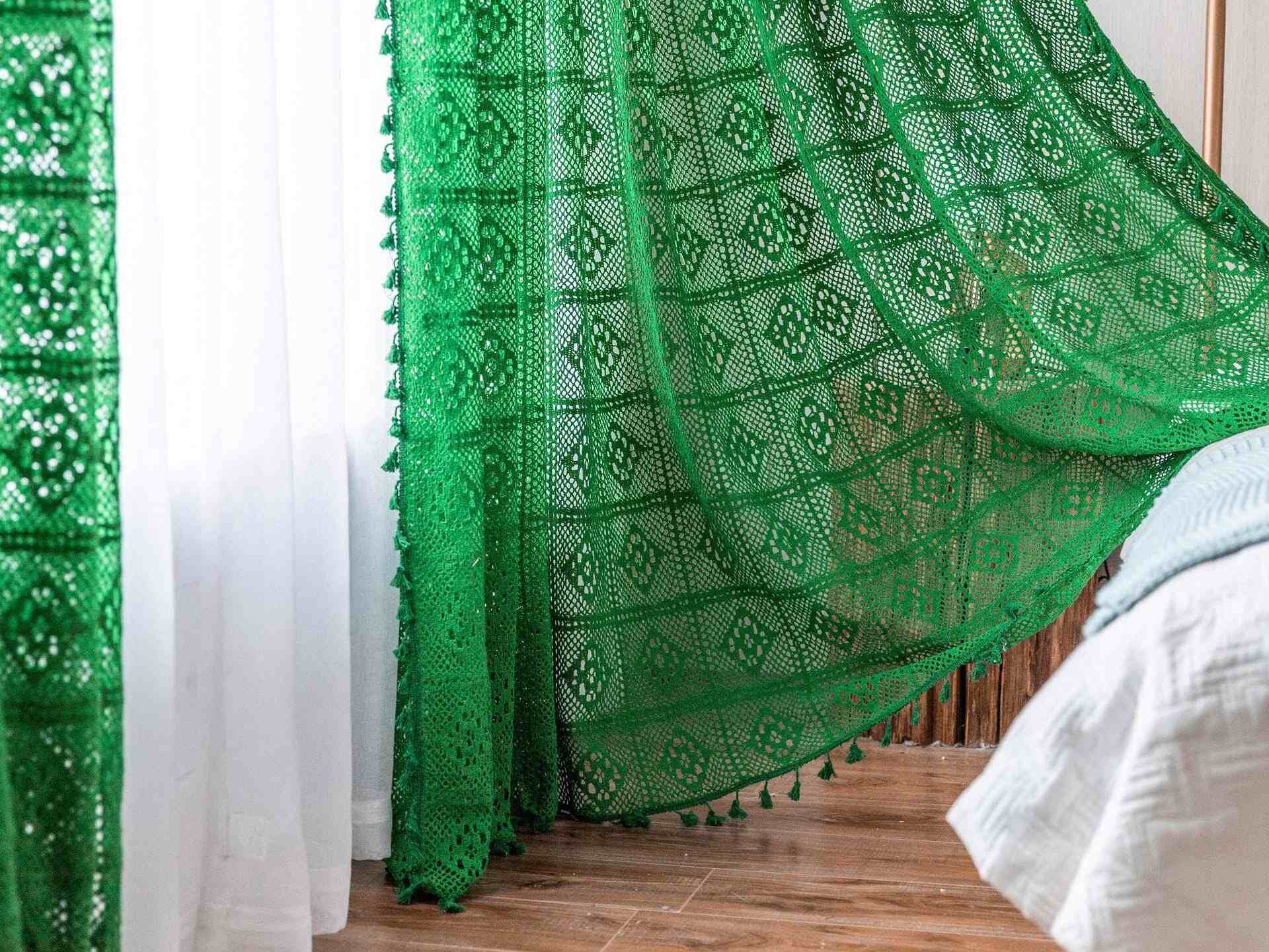
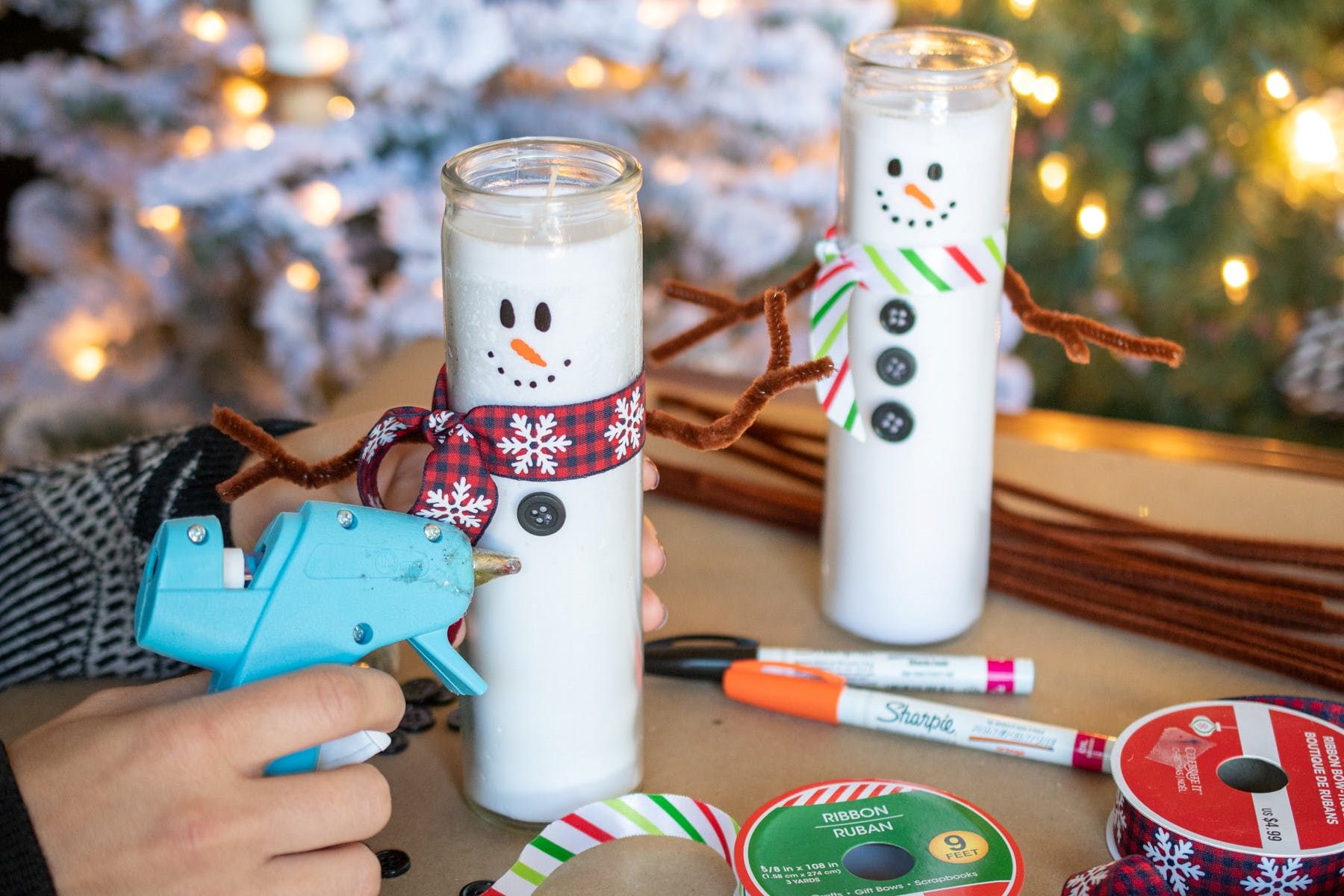
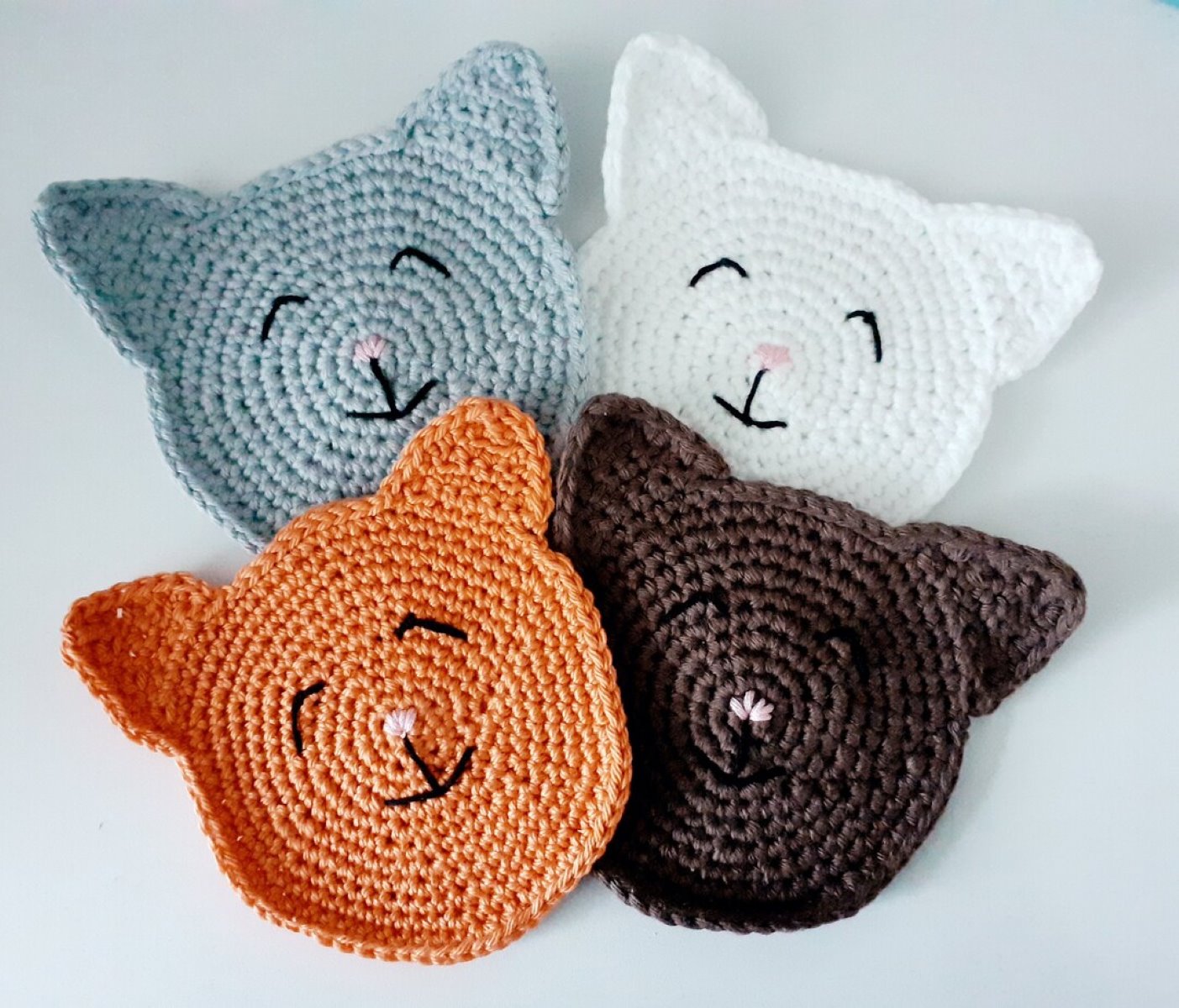
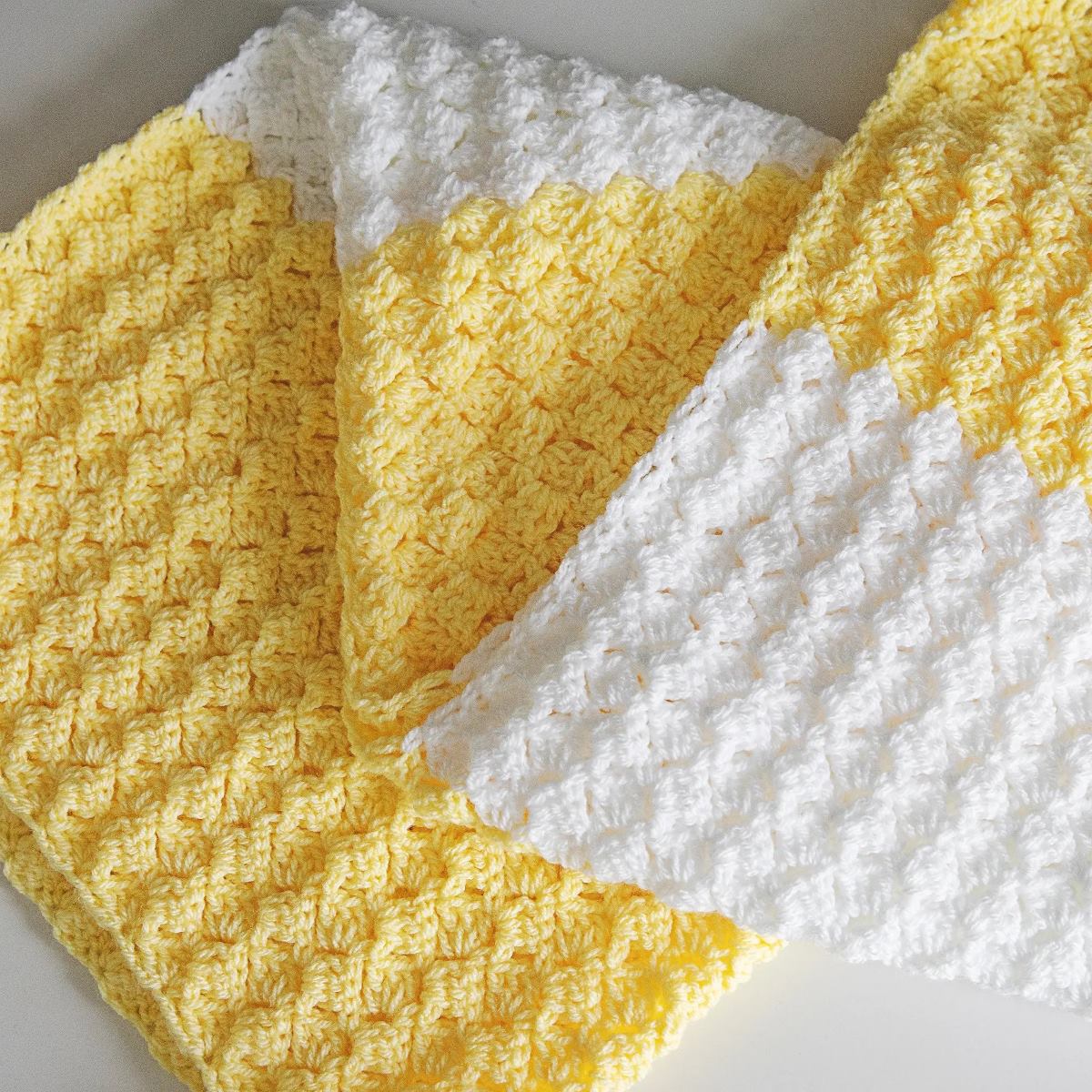
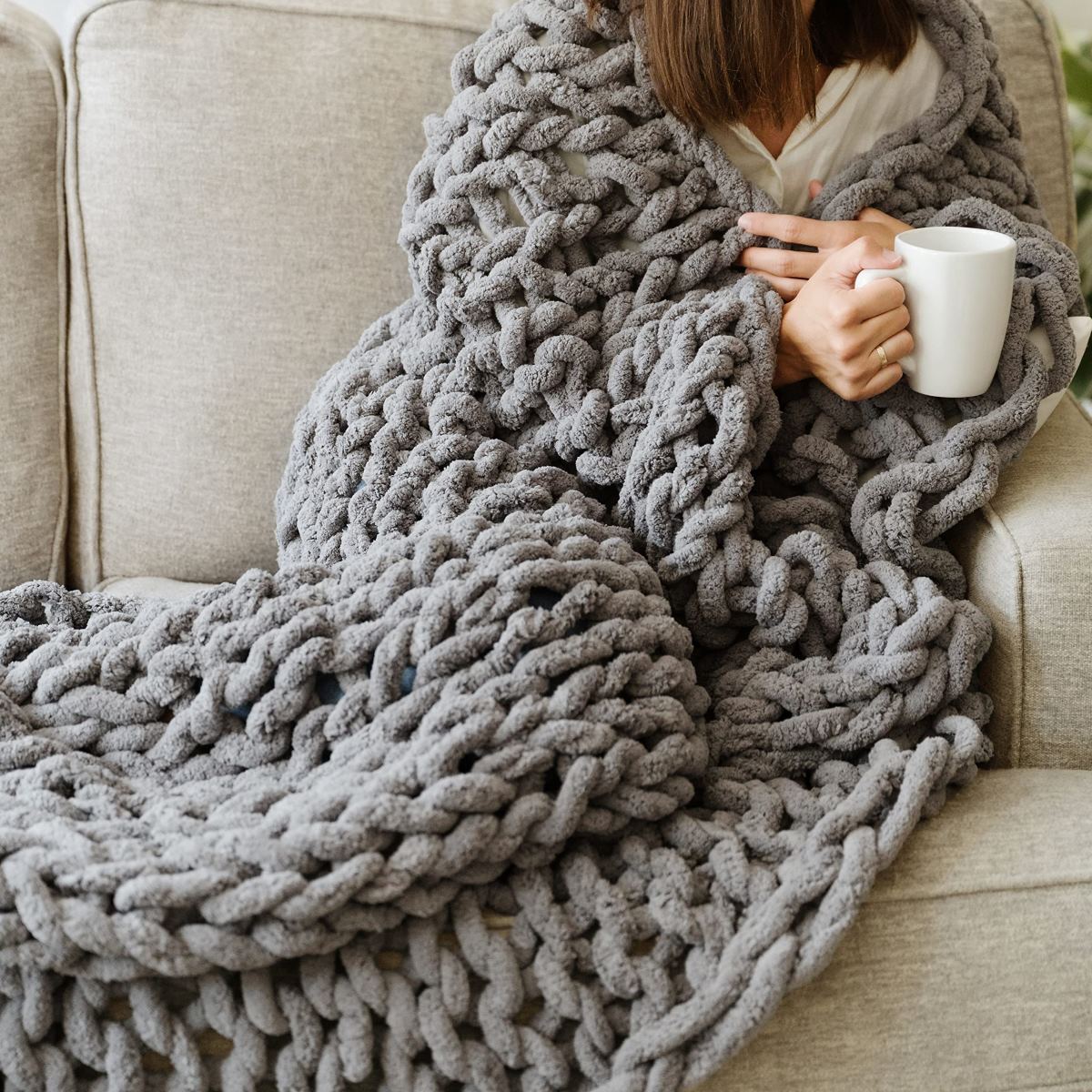
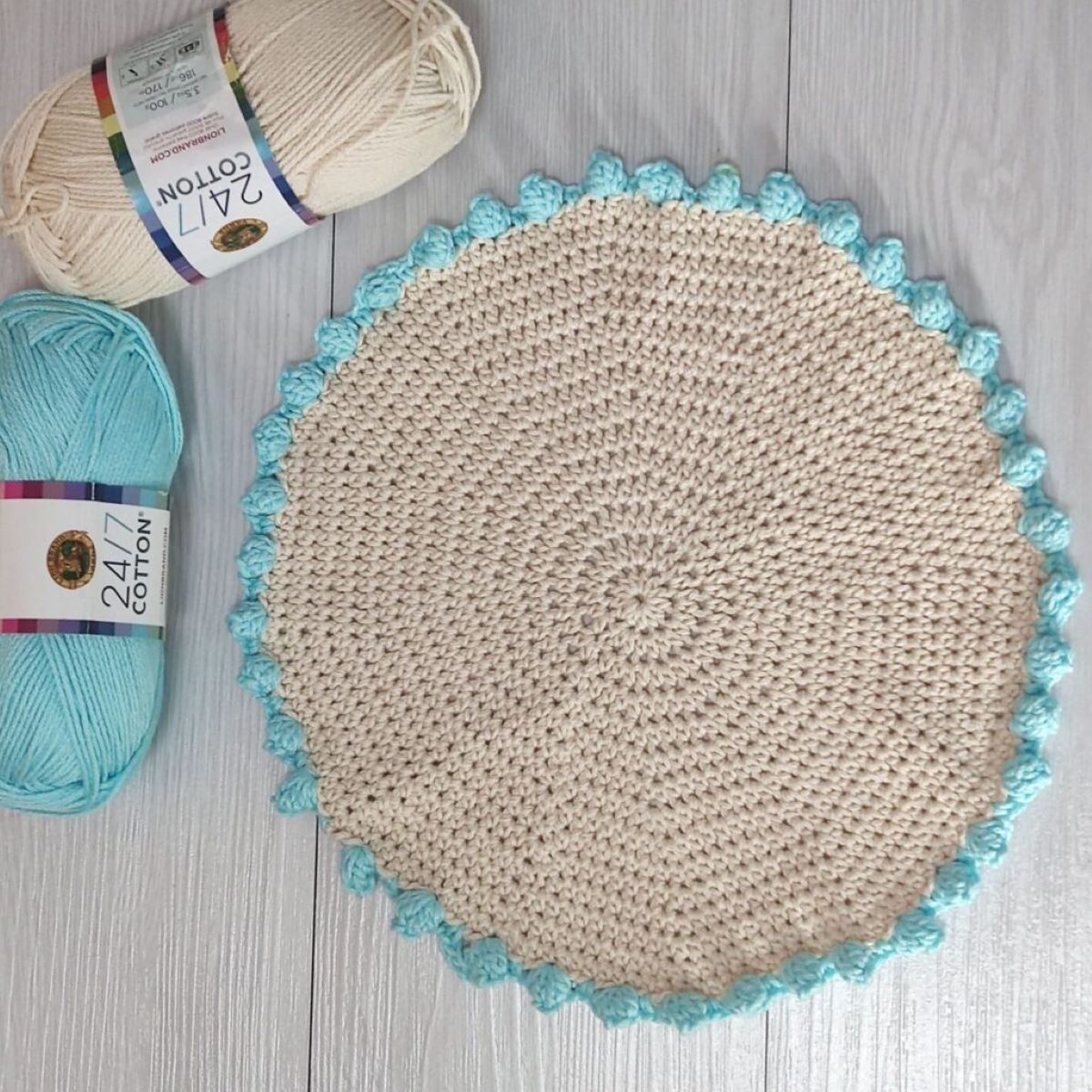
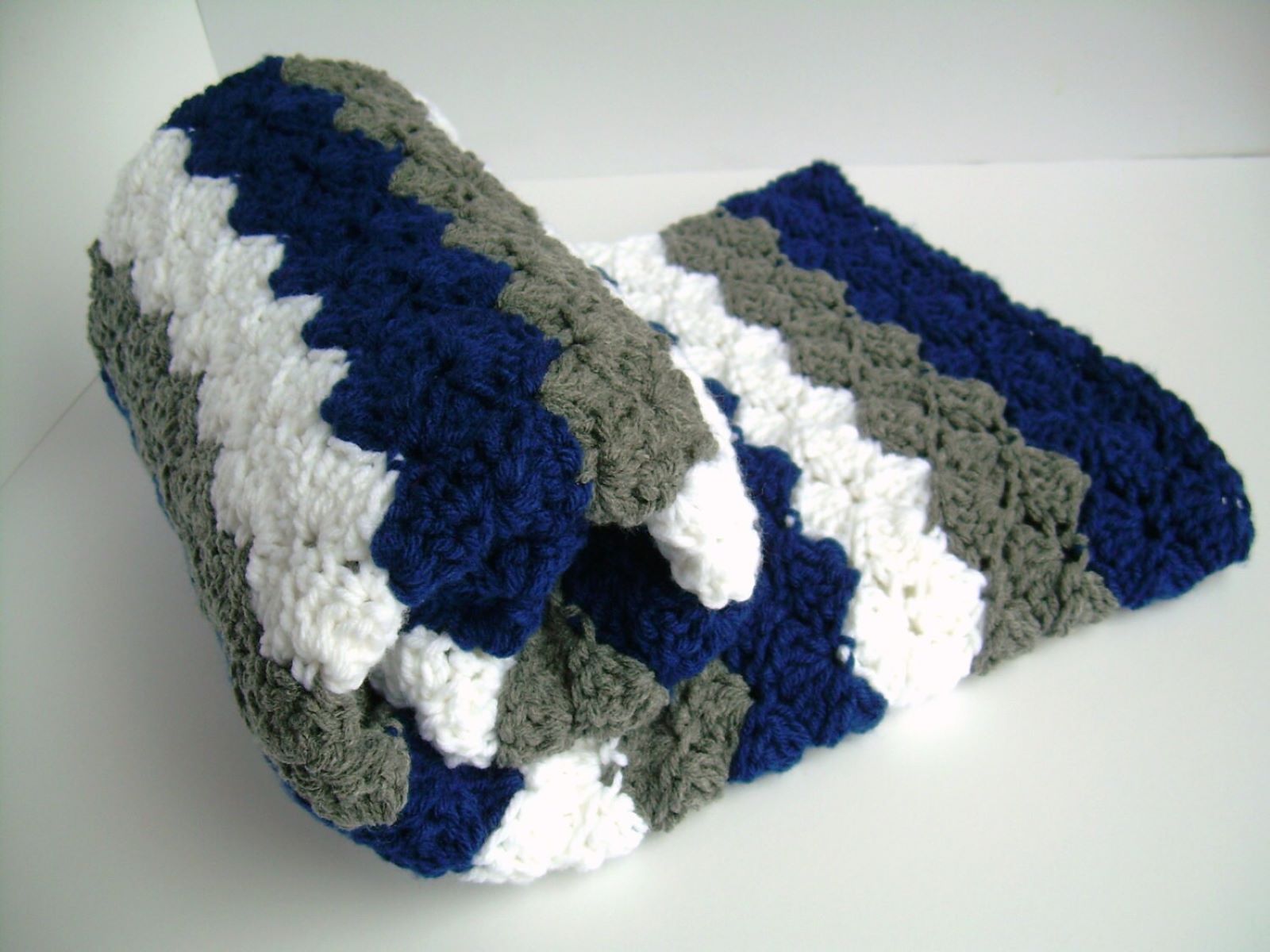
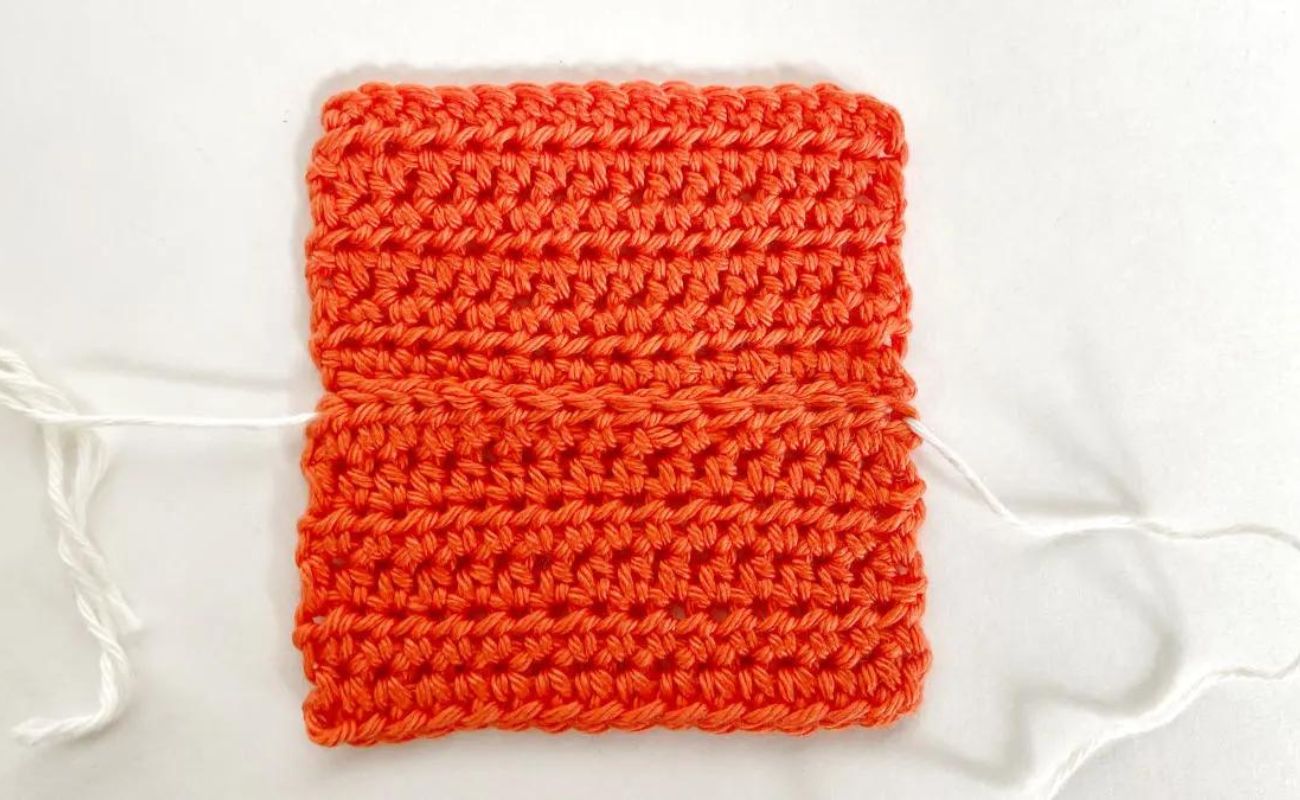

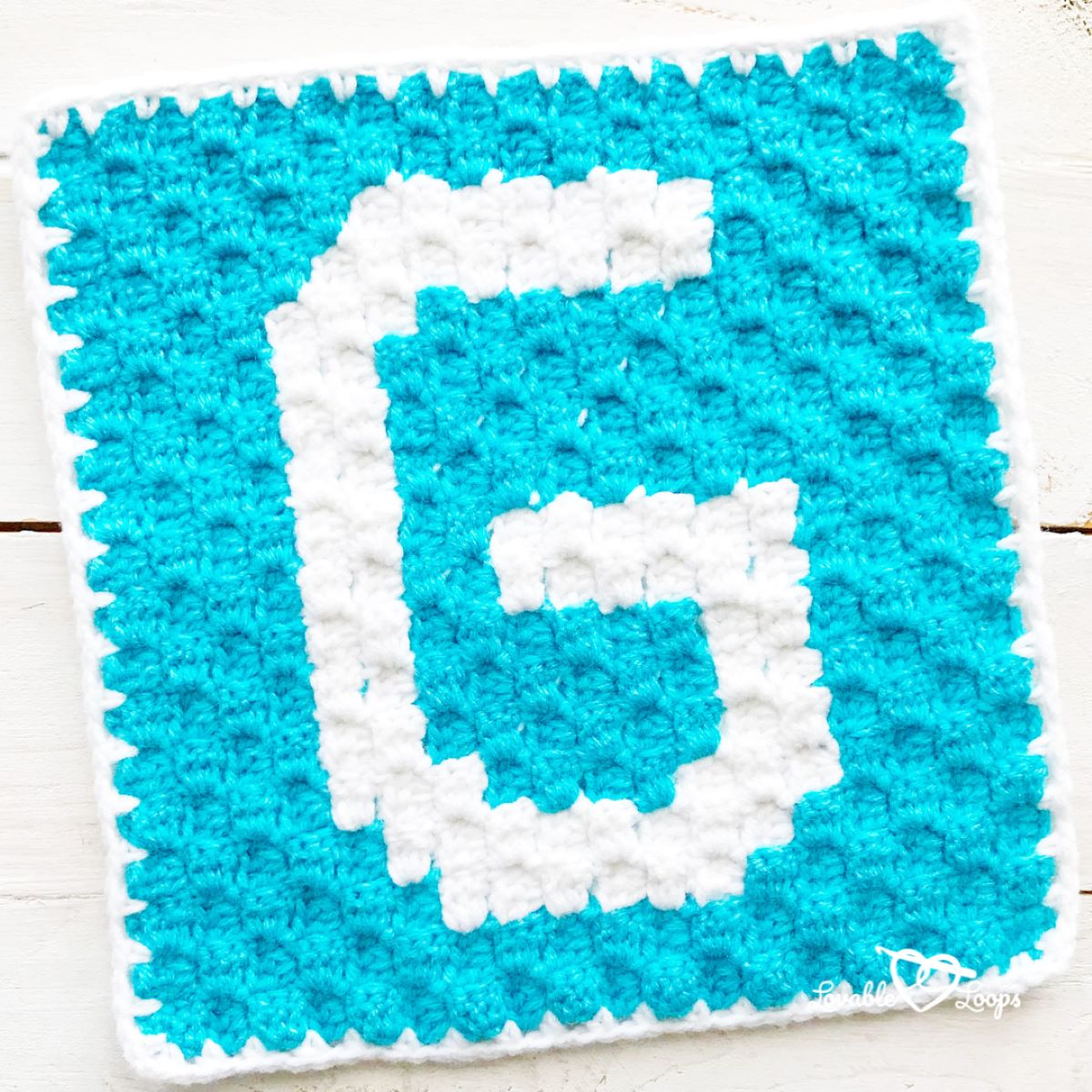
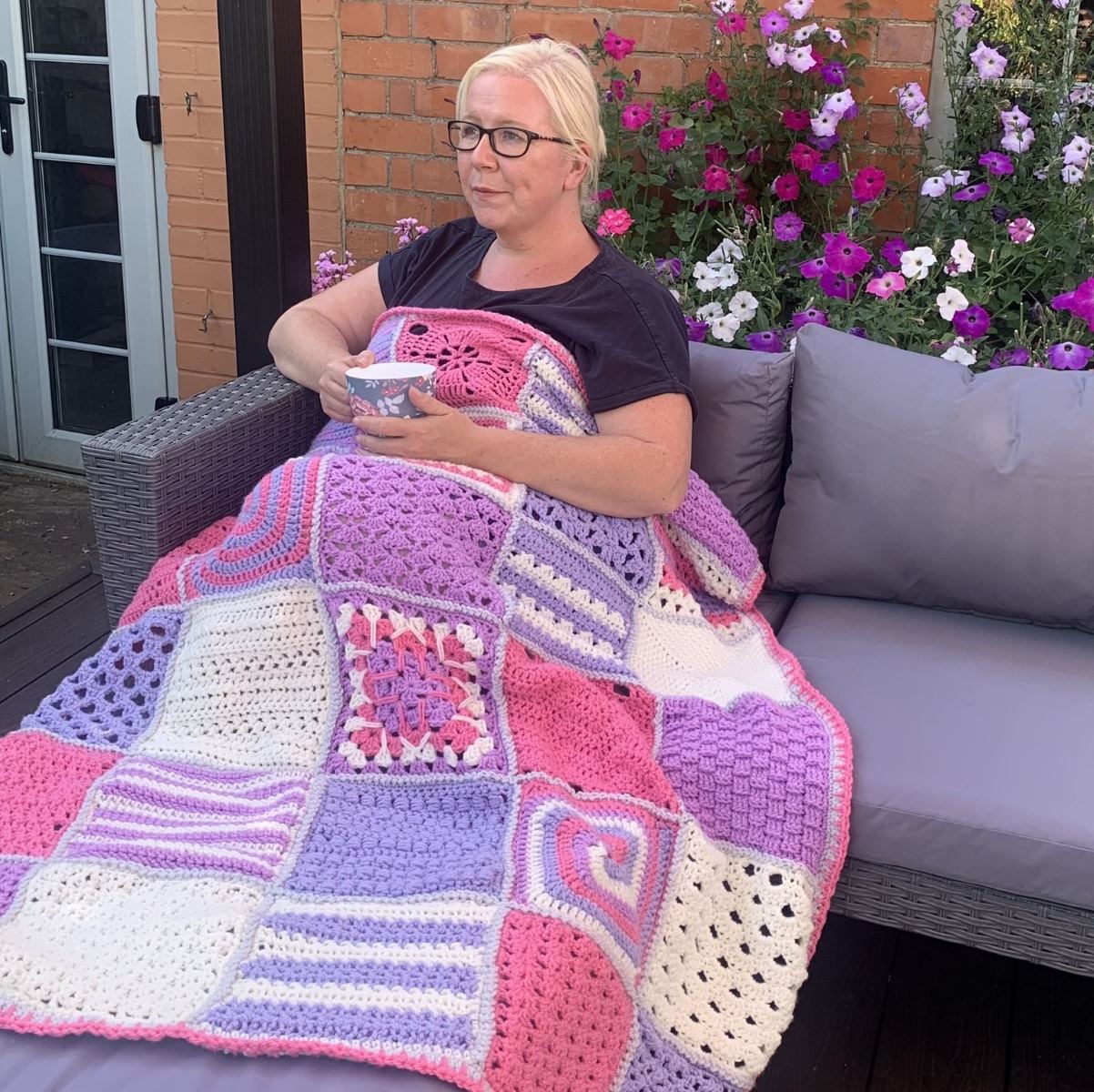
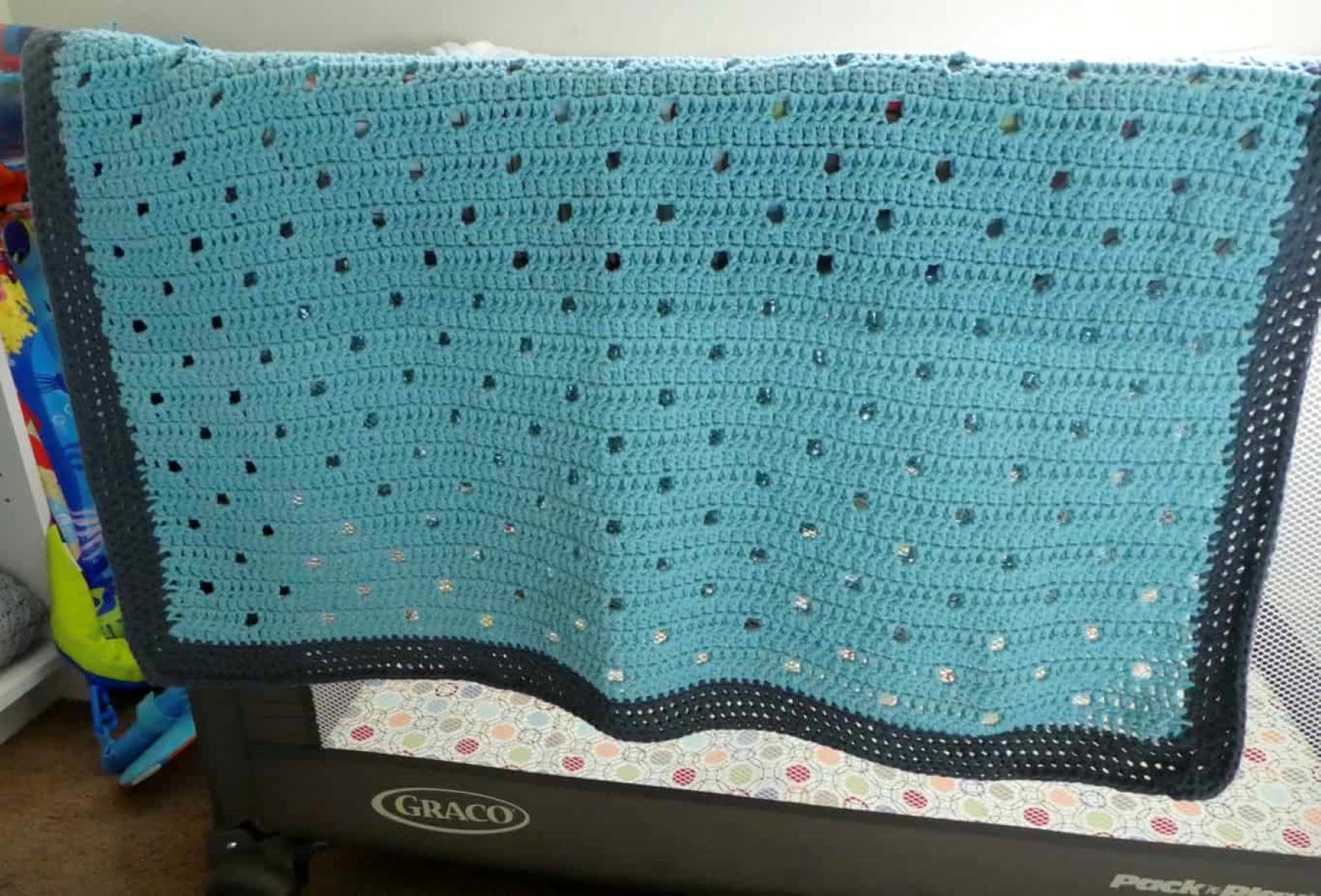
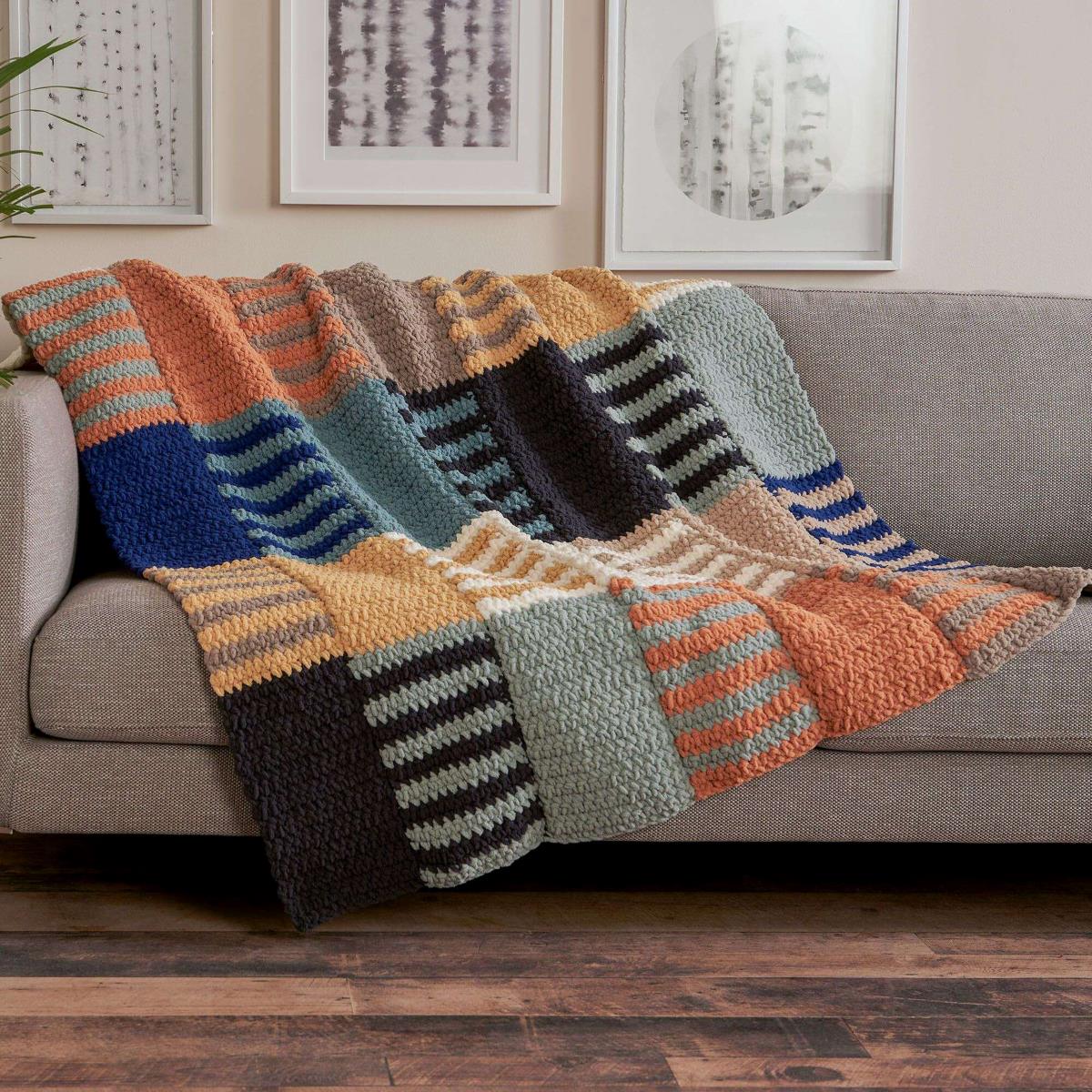

0 thoughts on “How To Store Crochet Projects”